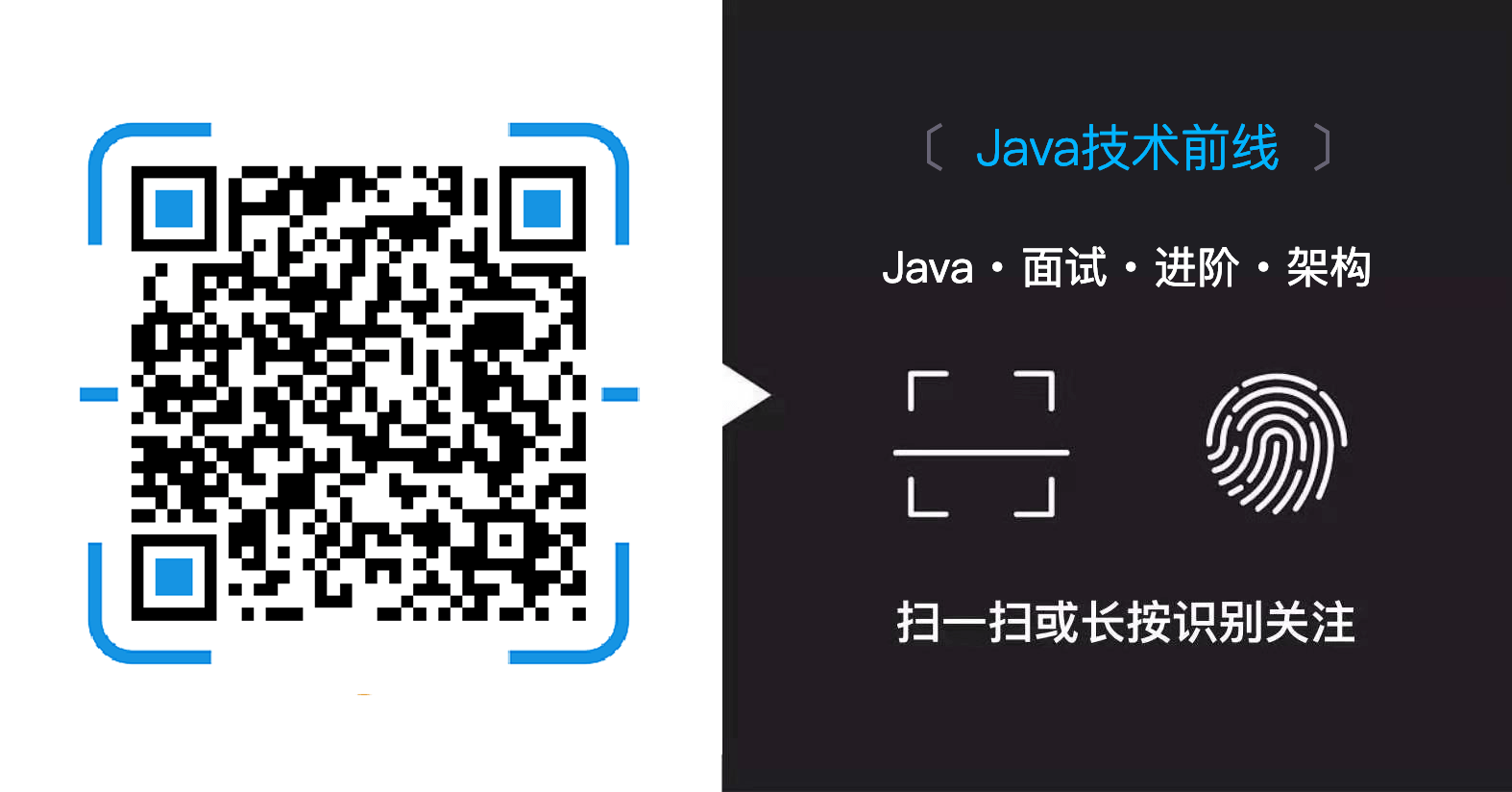21-Java中级面试题(二十一)
见如下代码:
public class IntTest {
public static void main(String[] args) {
Integer i1 = 100;
Integer i2 = 100;
Integer i3 = 150;
Integer i4 = 150;
System.out.println(i1 == i2);
System.out.println(i3 == i4);
}
}
问题来了:输出的结果是什么?最好先有自己的答案再看分析,欢迎留言自己的见解!
问题分析:
1,首先要搞清楚==与equal的区别以及各自比较的是什么
==操作符专门用来比较两个变量的值是否相等,也就是用于比较变量所对应的内存中所存储的数值是否相同,要比较两个基本类型的数据或两个引用变量是否相等,只能用==操作符。
equals方法是用于比较两个独立对象的内容是否相同,就好比去比较两个人的长相是否相同,它比较的两个对象是独立的。
所以首先弄清楚了,对于上面代码中,我们是比较变量所对应的内存中所存储的数值是否相同。
2,要了解自动装箱和拆箱的概念
JVM会自动维护八种基本数据类型的常量池。
在上面代码中,第一次Integer i1 = 100;时会把i1写入常量池,当定义i2时,数据一样,不会再去创建新的对象,所以,第一个输出的是true。
但是这里Integer并不是八种基本数据类型啊,这里涉及了自动装箱和拆箱的概念。自动装箱就是Java自动将原始类型值转换成对应的对象,比如将int的变量转换成Integer对象,这个过程叫做装箱,反之将Integer对象转换成int类型值,这个过程叫做拆箱。
因为这里的装箱和拆箱是自动进行的非人为转换,所以就称作为自动装箱和拆箱。原始类型byte,short,char,int,long,float,double和boolean对应的封装类为Byte,Short,Character,Integer,Long,Float,Double,Boolean。
3,int在常量池中的初始化范围
int常量池中初始化-128~127的范围,所以当为Integer i1,i2=100时,在自动装箱过程中是取自常量池中的数值,而当Integer i3,i4=150时,150不在常量池范围内,所以在自动装箱过程中需new 一个150,所以上面代码第二个输出的是false。
下面贴出int常量池的部分代码供大家参考:
/**
* Cache to support the object identity semantics of autoboxing for values between
* -128 and 127 (inclusive) as required by JLS.
*
* The cache is initialized on first usage. The size of the cache
* may be controlled by the {@code -XX:AutoBoxCacheMax=<size>} option.
* During VM initialization, java.lang.Integer.IntegerCache.high property
* may be set and saved in the private system properties in the
* sun.misc.VM class.
*/
private static class IntegerCache {
static final int low = -128;
static final int high;
static final Integer cache[];
static {
// high value may be configured by property
int h = 127;
String integerCacheHighPropValue =
sun.misc.VM.getSavedProperty("java.lang.Integer.IntegerCache.high");
if (integerCacheHighPropValue != null) {
try {
int i = parseInt(integerCacheHighPropValue);
i = Math.max(i, 127);
// Maximum array size is Integer.MAX_VALUE
h = Math.min(i, Integer.MAX_VALUE - (-low) -1);
} catch( NumberFormatException nfe) {
// If the property cannot be parsed into an int, ignore it.
}
}
high = h;
cache = new Integer[(high - low) + 1];
int j = low;
for(int k = 0; k < cache.length; k++)
cache[k] = new Integer(j++);
// range [-128, 127] must be interned (JLS7 5.1.7)
assert IntegerCache.high >= 127;
}
private IntegerCache() {}
}
正确答案:
true
false
下面哪个流类属于面向字符的输入流( )
A BufferedWriter
B FileInputStream
C ObjectInputStream
D InputStreamReader
正确答案:D
以InputStream(输入)/OutputStream(输出)为后缀的是字节流。
以Reader(输入)/Writer(输出)为后缀的是字符流。
希望读者能够给小编留言,也可以点击[此处扫下面二维码关注微信公众号](https://www.ycbbs.vip/?p=28 "此处扫下面二维码关注微信公众号")
看完两件小事
如果你觉得这篇文章对你挺有启发,我想请你帮我两个小忙:
- 把这篇文章分享给你的朋友 / 交流群,让更多的人看到,一起进步,一起成长!
- 关注公众号 「方志朋」,公众号后台回复「666」 免费领取我精心整理的进阶资源教程

本文著作权归作者所有,如若转载,请注明出处
转载请注明:文章转载自「 Java极客技术学习 」https://www.javajike.com

 微信扫一扫
微信扫一扫